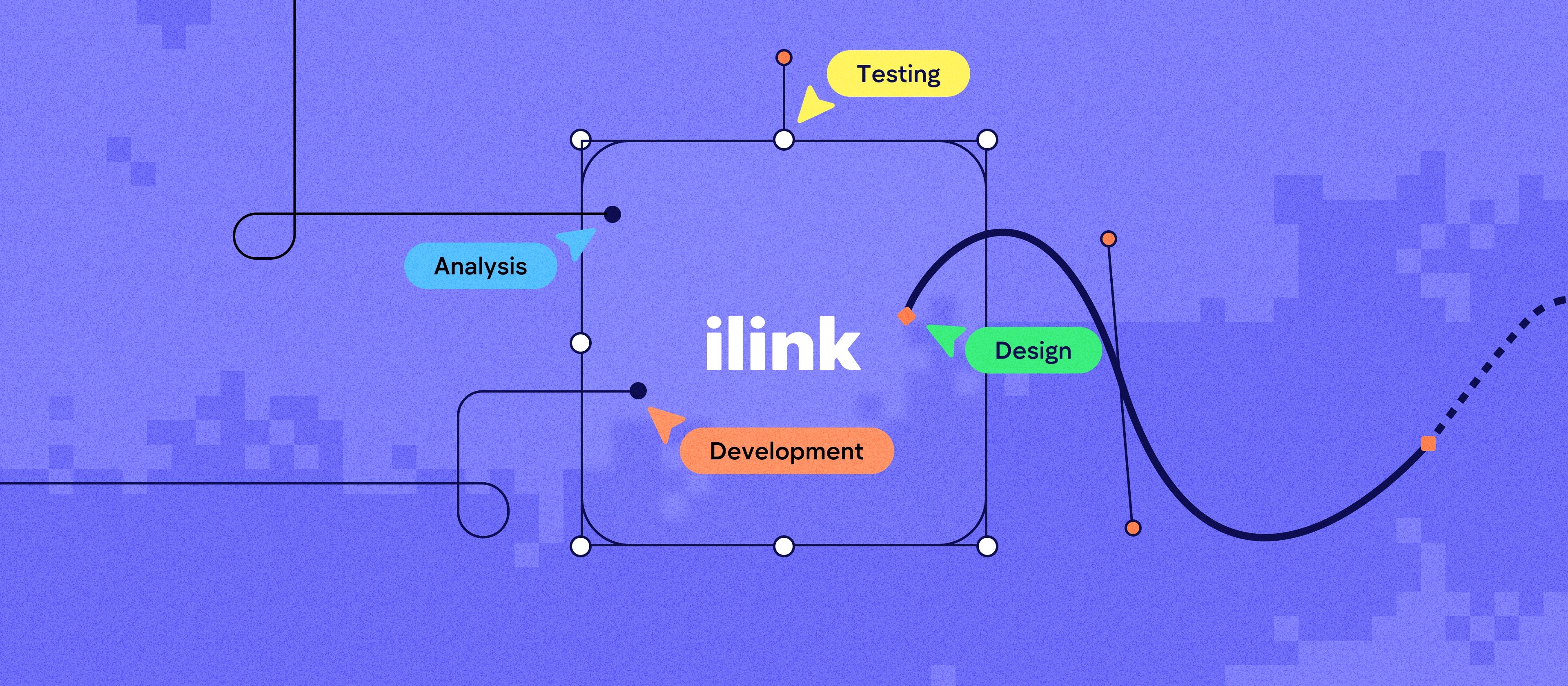What is Web Development? A Comprehensive Guide to Building Websites and Applications

Introduction
Web development is the backbone of the internet. It's the process of creating and maintaining websites and web applications that are essential to every business, from small startups to large enterprises. With the increasing reliance on digital tools and online platforms, the demand for web developers continues to rise globally.
What is Web Development?
Web development refers to the process of building, designing, and maintaining websites and web applications. Unlike web design, which focuses on the visual aspects of a website (such as layout and color schemes), web development involves coding and programming to bring the site to life.
Web developers write code to create functionality and structure for websites, from simple landing pages to complex online platforms. In short, web development is about making sure websites work as intended, are secure, and provide a smooth user experience.
Types of Web Development
Web development can be categorized into three main areas, each focusing on a specific part of the website or application:
Frontend Web Development
Frontend development is everything users see and interact with on a website. It involves creating the visual aspects of a site, such as navigation, design, buttons, and text. Frontend developers use HTML, CSS, and JavaScript to make websites visually appealing and functional.
Backend Web Development
Backend development deals with the server-side of the application. It's all about how the website works behind the scenes. Backend developers manage databases, servers, and APIs to ensure that the frontend and backend communicate smoothly. They typically use languages like Python, Node.js, Ruby, or PHP.
Full Stack Development
A full stack developer works on both the frontend and backend, meaning they have the skills to develop both the visible elements and the behind-the-scenes code. Full stack developers are versatile and capable of handling all aspects of web development, which is why they’re highly valued in the tech industry.
Key Web Development Technologies
Web development involves several technologies, tools, and frameworks to build functional websites. Here are some of the core technologies used:
Frontend Development
- HTML (HyperText Markup Language). The foundation of web content and structure.
- CSS (Cascading Style Sheets). Controls the layout, colors, fonts, and other design elements.
- JavaScript. Adds interactivity, animations, and dynamic content.
- Frameworks. React, Angular, and Vue.js are popular frameworks for building dynamic and responsive web applications.
Backend Development
- Node.js. A JavaScript runtime for backend development.
- Python. Known for its simplicity and scalability, Python is used in web development with frameworks like Django.
- PHP. A widely-used open-source scripting language for creating dynamic web pages.
- Ruby. A dynamic language used with the Ruby on Rails framework.
Databases
- SQL (Structured Query Language). Used for relational databases like MySQL and PostgreSQL.
- NoSQL. Non-relational databases like MongoDB store data in flexible, schema-less formats.
Version Control
- Git and GitHub are essential tools for collaboration and tracking changes in code.
The Web Development Process
The web development process involves several key steps, each important for creating a high-quality, functional website or application:
- Planning and Research. Before development begins, understanding the project requirements, target audience, and business goals is crucial. This stage involves gathering client needs, market research, and planning the overall project roadmap.
- Designing. This stage involves creating wireframes and prototypes of the website's layout. UI/UX design focuses on user experience and interface design, ensuring that the website is easy to navigate and visually appealing.
- Development. Frontend and backend developers collaborate to bring the designs to life. The frontend team builds the user interface, while the backend team ensures the website functions as expected.
- Testing. Quality assurance (QA) testing is essential to catch bugs, ensure cross-browser compatibility, and confirm performance across different devices.
- Deployment and Maintenance. Once the website is ready, it’s deployed to a live server. Maintenance involves updating the website with new content, security patches, and features.
Web Development vs Web Design
While web development and web design are closely related, they differ significantly in their focus:
- Web Design is concerned with the look and feel of the website, including visual layout, user interface (UI), and overall user experience (UX).
- Web Development focuses on the technical side, where developers write code to make the website functional.
Both fields are essential to building a successful online presence. Web developers ensure that web designers' visions are implemented in a way that is functional, secure, and scalable.
Benefits of Professional Web Development
Hiring professional web developers or working with a web development agency offers numerous benefits:
Customization
Web development provides tailored solutions, unlike pre-built templates. Developers can create custom features and integrations that suit your unique business needs.
Scalability
Professional developers build websites with future growth in mind, allowing for easier scaling and adding new features over time.
Security
Secure coding practices protect websites from data breaches and hacking attempts. Professional developers ensure that security measures like HTTPS, data encryption, and secure logins are implemented.
SEO
Web development plays a crucial role in search engine optimization (SEO). Proper site structure, fast loading times, and mobile-friendly design all improve search engine rankings.
Web Development Careers and Skills
The demand for web developers continues to grow. Job roles in this field include:
- Frontend developer. Specializes in building the user-facing part of the website.
- Backend developer. Works on the server-side logic and databases.
- Full stack developer. Handles both frontend and backend development.
- Web designer. Focuses on the design, layout, and user interface.
Essential skills for aspiring developers include proficiency in programming languages, problem-solving abilities, and knowledge of modern development frameworks.
The Future of Web Development
The future of web development is shaped by new technologies and shifting user expectations. Here are some key trends to watch:
- Progressive Web Apps (PWAs). Combining the best of web and mobile apps.
- AI Integration. Enhancing user experiences with machine learning and smart features.
- Responsive Web Design. Ensuring websites work seamlessly across all devices.
- Low-code/No-code Platforms. Simplifying development for non-developers.
As web development continues to evolve, businesses must adapt to these changes to stay competitive.
Comments (0)
Latest Posts

In this article, we’ll explore key trends in the future of fintech, including blockchain, artificial intelligence (AI), open banking, and digital currencies, and how these innovations will shape the financial services landscape.

In this article, we will explore the current state of the financial technology industry, the key drivers of innovation, and how these changes are revolutionizing traditional financial services.
Do You Have Any Questions?
Leave your details - we will contact you to answer all your questions

